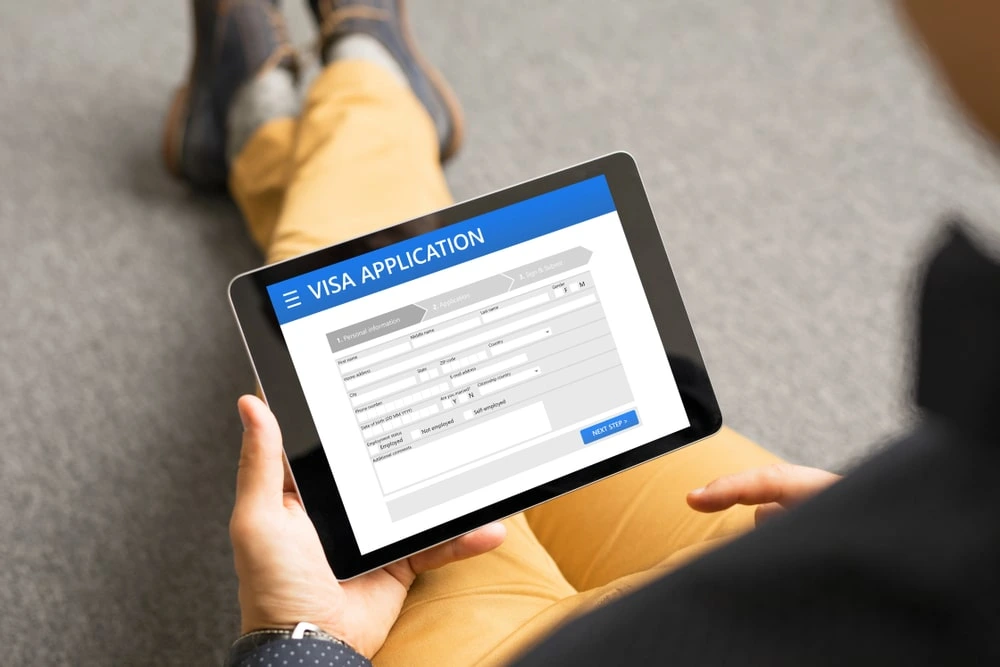Islamabad, Aug 1, 2025: In a major leap toward modernization, the European Union has announced that by 2028, the Schengen visa application process will go completely digital.
This means no more physical visa stickers, tedious paperwork or long lines at consulates. Instead, a secure 2D barcode will be issued to travelers—marking the end of an era and the beginning of a faster, more efficient system. The change aims to streamline the process, cut waiting times, and boost overall security.
A Barcode Will Be Your Visa
The physical sticker that once occupied a passport page will be replaced by a digitally signed barcode. Border agents will simply scan the code and access all your visa details through a centralized EU system. France tested this during the 2024 Paris Olympics by issuing 70,000 such visas—and the results were highly encouraging.
How Will Digital Schengen Visas Work?
Everything from form submission to fee payment will shift online. Applicants will upload documents and receive their visa barcode via email. Immigration authorities can instantly verify your status at any EU border.
First-time applicants will still need to visit in person for fingerprinting and photographs, but repeat travelers can skip this step if biometrics are already on file.
READ MORE: Sweden Schengen Visa: Financial Rules for Pakistanis
Step-By-Step Schengen Visa Application
Until the full rollout, here’s how to handle the current process:
Decide Where to Apply
Apply at the embassy of the country where you’ll stay the longest. If your stay is equal across countries, apply where you first enter. Most nations use VFS Global; Spain uses BLS International (in India), and France appointments are booked through Démarches Simplifiées.
Prepare Your Documents
- Passport (6+ months validity)
- Filled form
- Passport-sized photos
- Travel insurance (€30,000 minimum)
- Flight and hotel bookings
- Financial proof
- Cover letter
READ MORE: Easiest Schengen Visa Options for Pakistani Passport Holders
Biometric Appointment
First-time applicants must provide fingerprints and photos, valid for 59 months. Repeat applicants may skip this step.
Processing Time
Normally 15 days; can extend to 30–60 days. Apply early to avoid delays.
Tips to Boost Approval Chances
- Lithuania, Latvia, and Estonia process faster.
- Be prepared for interviews by France or Germany.
- Use the new “cascade” rule to request a 2–5 year visa if eligible.
- Germany ends informal appeals from July 1, 2025—so prepare thoroughly.
The shift to a digital Schengen visa system promises convenience and speed for millions of travelers, especially from countries like Pakistan where the process has often been lengthy and uncertain.









